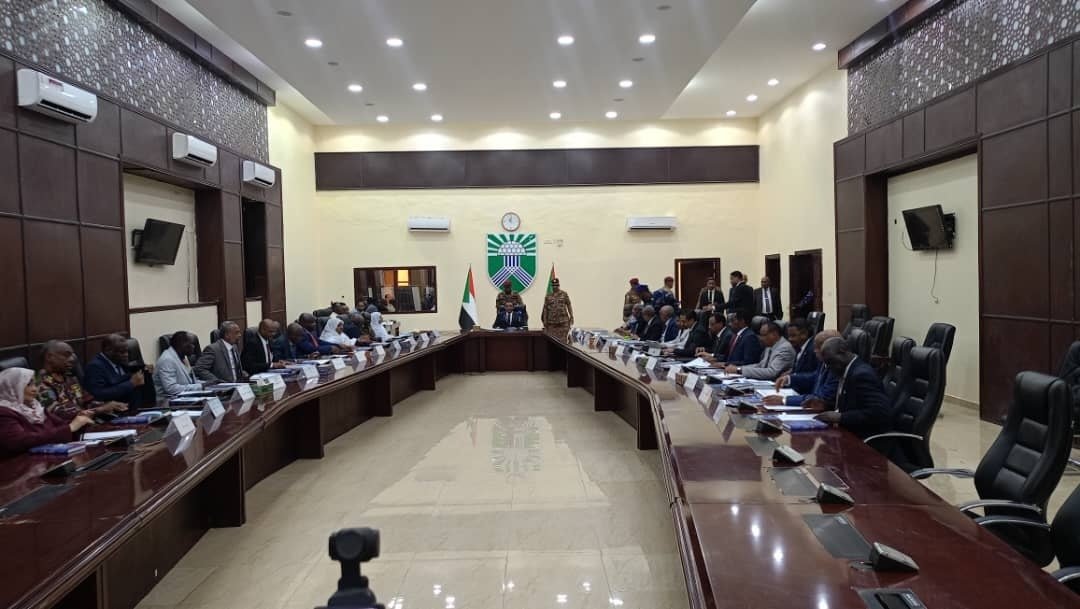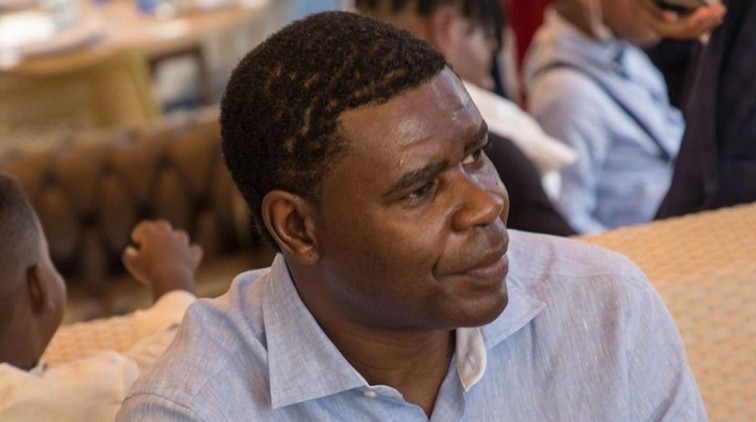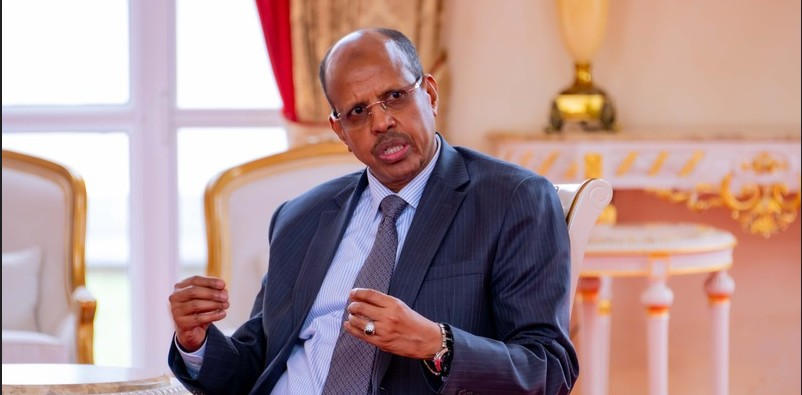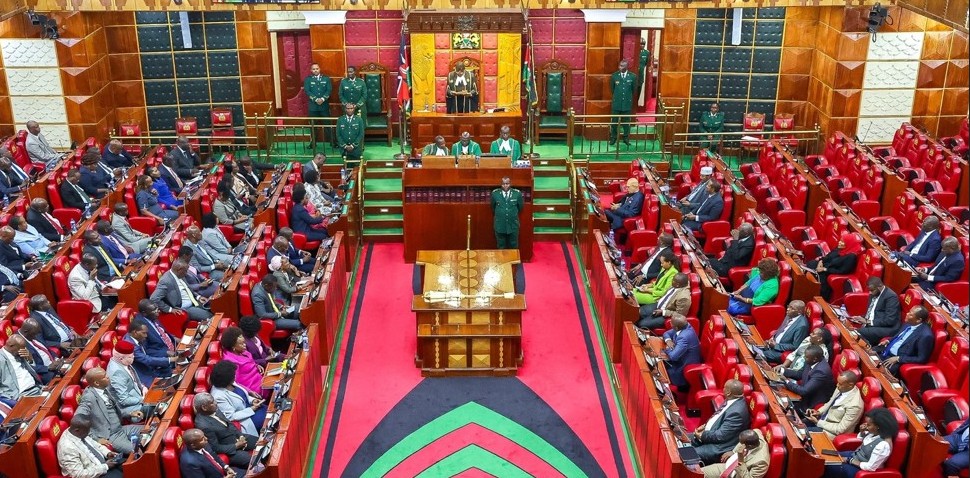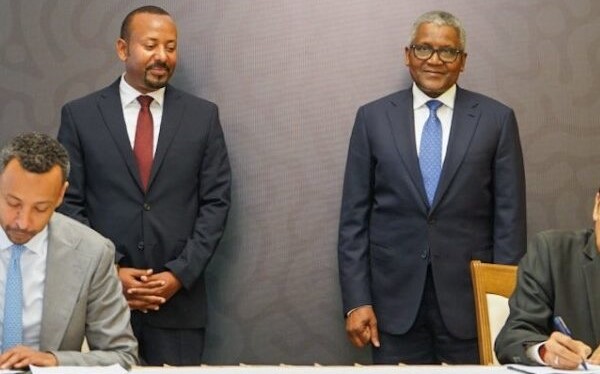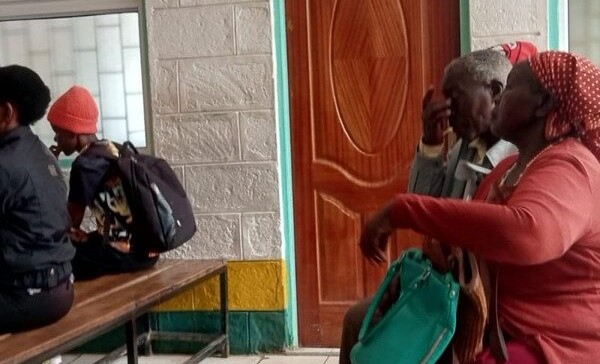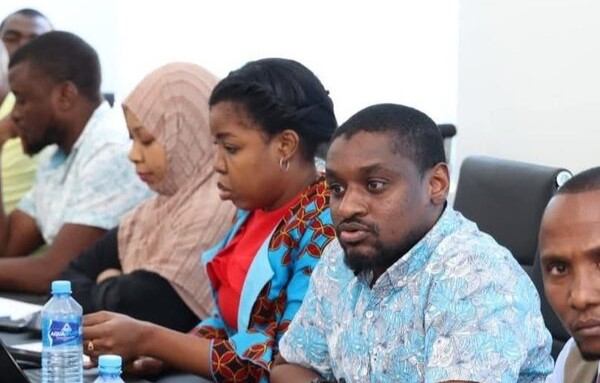Details of newly launched Kenya Digital Token which seeks to bring millions into digital economy
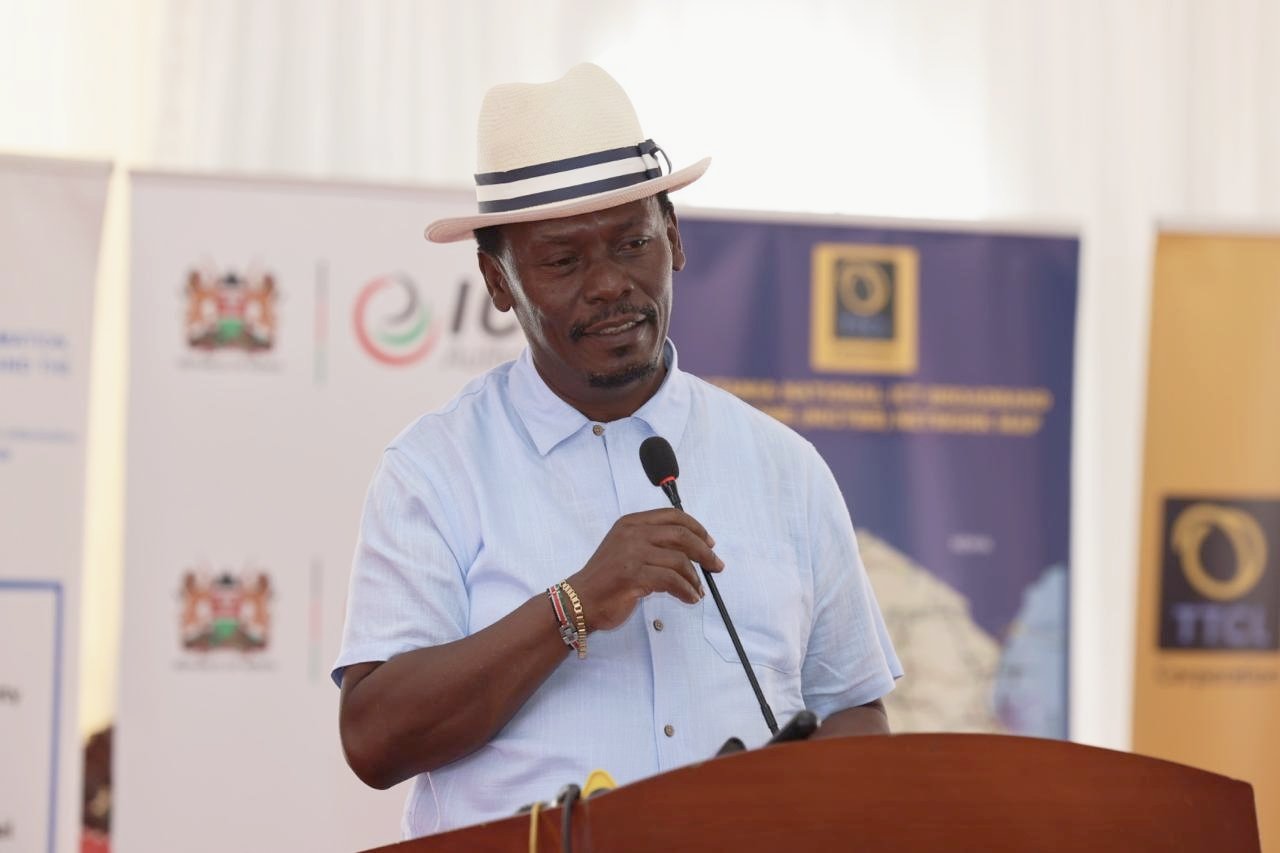
Although privately developed, the token is closely aligned with the government’s digital strategy and bottom-up economic transformation agenda.
Kenya officially unveiled the Kenya Digital Token (KDT) last week, the country’s first national digital token, built on the high-performance Solana blockchain.
The launch positions Kenya as a continental leader in blockchain-driven economic innovation, joining a growing list of nations exploring digital public infrastructure beyond traditional finance.
More To Read
- Four CSs in fresh legal battle over Sh50 e-Citizen fee
- Blow to content creators as court declines to suspend ban on online alcohol ads
- High Court stops swearing-in of Media Council board members appointed by CS Kabogo
- ICT CS William Kabogo taken to task for failing marginalised areas on connectivity
- Kenya adopts new media code, ushering in stricter AI and child protection rules
- Kabogo denies Ruto targeting Mt Kenya civil servants, blames Gachagua for divisive politics
Announced by Information and Communication CS William Kabogo, the KDT operates under the ticker $KDT and is deployed through the Meteora decentralised platform.
Although privately developed, the token is closely aligned with the government’s digital strategy and bottom-up economic transformation agenda.
KDT is designed to be fast, scalable and affordable — qualities that led developers to choose Solana as the underlying blockchain.
Anyone with a smartphone and M-Pesa can enter the crypto market and trade with confidence.
Leveraging Solana’s IBRL (Increase Bandwidth, Reduce Latency) protocol, the token can process thousands of transactions per second at near-zero cost, ensuring it is optimised for mass adoption, even in underserved and remote communities.
One of the most ambitious aims of the project is to integrate all 55 million Kenyans into the digital economy.
The rollout includes pre-installed digital wallets, augmented reality-based educational tools and community-driven reward systems, with an emphasis on reaching populations traditionally excluded from formal banking systems.
This is not merely a symbolic experiment.
Kenya already ranks fourth in Africa and 28th globally for cryptocurrency usage, with citizens transacting over $500 million (Sh64.6 billion) in digital assets every month.
That familiarity, combined with a youthful population and increasing smartphone penetration, provides fertile ground for national token integration.
Importantly, KDT is not centrally issued or controlled. It follows a decentralised model, distributing authority across network participants. This approach reflects global trends in Web3 governance and stands in contrast to the central bank digital currencies (CBDCs) currently being piloted by many countries.
Kenya is in the process of drafting a Virtual Asset Service Providers (VASP) Bill and a comprehensive National Policy on Virtual Assets.
These frameworks aim to balance innovation with safety, addressing concerns around fraud, money laundering and data privacy.
The Central Bank, Communications Authority and Ministry of Finance are jointly working on governance structures to ensure transparency and accountability without stifling growth.
Kabogo highlighted the strategic importance of digital assets in reshaping national finance. “The future of finance is digital. Kenya must be a pioneer, not a follower, in this transformation,” he said at the launch event.
He emphasised KDT’s role in enabling capital access, facilitating investment and empowering youth through direct participation in the global digital economy.
But this initiative goes beyond fintech. Users will be able to track Solana prices in USD, convert SOL to Kenyan Shilling and trade using mobile payments.
KDT is a cornerstone of a broader vision: building a community-centred, blockchain-enabled infrastructure that includes digital identity verification, cross-border payments, remittances and education delivery.
Through augmented reality tools and real-world incentives, the programme seeks to make blockchain not only understandable, but genuinely useful and accessible to everyday Kenyans.
In a region where access to traditional banking remains limited for millions, Kenya’s national token could offer not just a new currency, but a fresh chance at economic participation.
Top Stories Today

